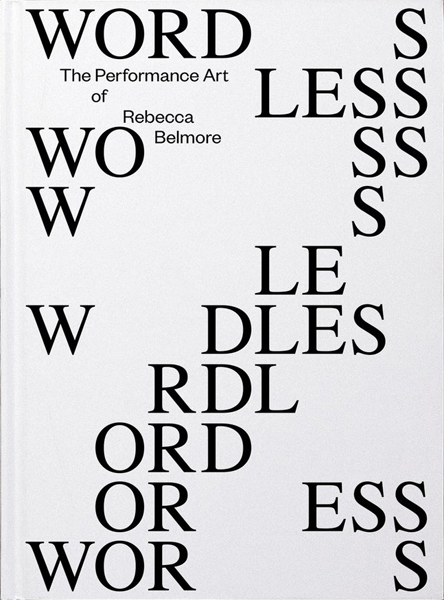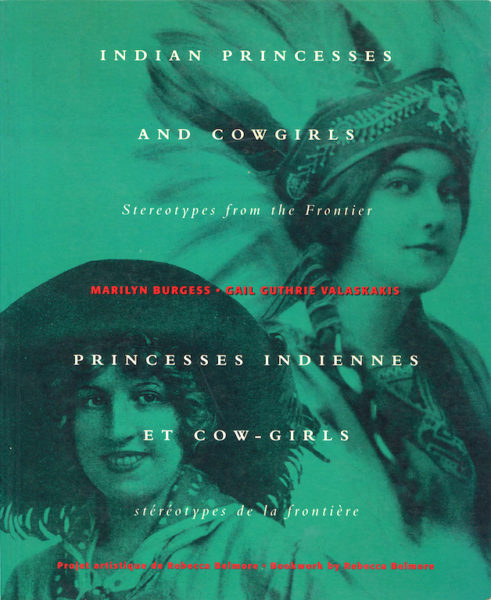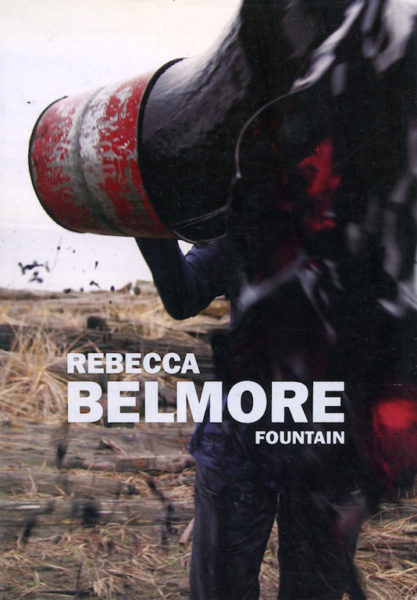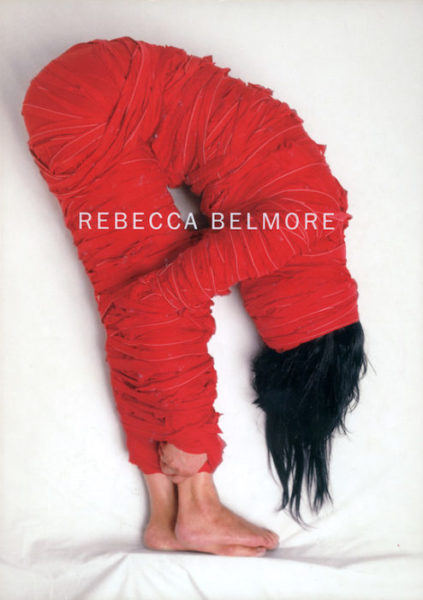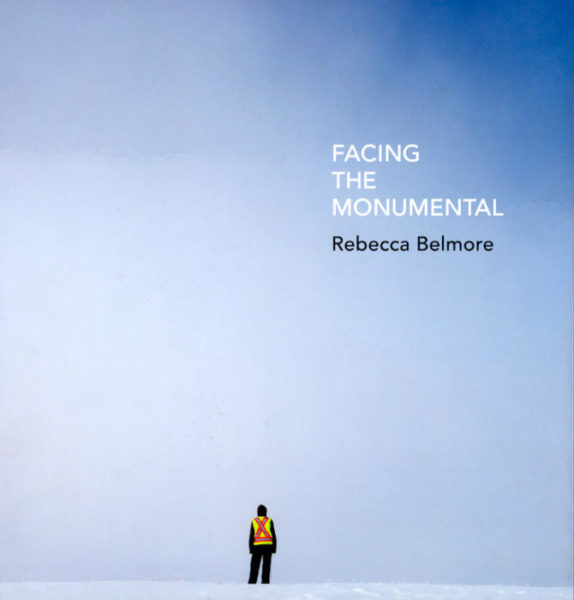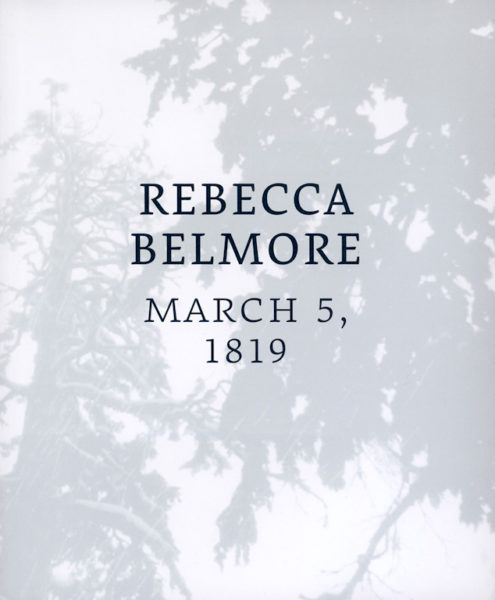Featuring full-colour photos and stills documenting Rebecca Belmore’s remarkable performance career, including the new photo series
nindinawemaganidog (all of my relations).
Essays by Richard William Hill, Curtis Collins, Kathleen Ritter, Wanda Nanibush, Jessica Jacobson-Konefall, Glenn Alteen, Jen Budney, Dan Pon and Florene Belmore.
Edited by Florene Belmore.
Produced and published by grunt gallery in conjunction with Information Office and Audain Art Museum, Vancouver 2019.
Available for purchase at
grunt gallery Book Store
Texts by Gail Guthrie Valaskakis and Marilyn Burgess.
Indian Princess and Cowgirls: Stereotypes from the Frontier proposes an analysis of historical and contemporary images of Indian princesses while examining the myths of the the cowgirl in North American culture. Belmore’s artwork,
Five Sisters, was created especially for this bilingual publication.
Published by Oboro, Montréal, 1995
Texts by Scott Watson, Charlotte Townsend-Gault, and James Luna.
Rebecca Belmore’s art takes place between sculpture, installation, and performance. Her spare, exacting sense of form and presence is an expression of determination and power.
Scott Watson,
Introduction to Rebecca Belmore’s The Named and the Unnamed
Published by Morris and Helen Belkin Art Gallery, University of British Columbia, Vancouver, 2002
Featuring authors Jessica Bradley and Jolene Rickard with an introduction by Jann LM Bailey and Scott Watson.
Exhibition catalogue for the Canadian Pavilion, Venice Biennale, 2005
Published by Kamloops Art Gallery and Morris and Helen Belkin Art Gallery, University of British Columbia, Vancouver, 2005
Featuring texts by Diana Augaitis, Kathleen Ritter, Robert Houle, Marilyn Burgess, Florene Belmore, Rebecca Belmore, Richard William Hill, and Marcia Crosby. Foreword by Kathleen S. Bartels.
Through powerful images that implicate the body, performances that address history and memory, and gestures that evoke a sense of place, Rebecca Belmore is known for creating multi-disciplinary works that reveal a long-standing commitment to the politics of identity and representation.
Rebecca Belmore: Rising to the Occasion comprises a selection of work that spans the course of her significant career, drawing out connections between early performances and later sculptures, photographs and videos through recurring metaphors that are as provocative as they are poignant. In Belmore’s work, the classical reclining figure, for example, is bound in cloth, suspended or scarred, disrupting an otherwise passive gaze and asking viewers to reflect on their relationship to the practice of looking.
Published by the Vancouver Art Gallery, Vancouver, 2008
Featuring texts by Wanda Nanibush, Glenn Alteen, Marcia Crosby, Florene Belmore, Jeannette Armstrong, Rebecca Belmore, Candice Hopkins, and Kathleen Ritter. Foreword by Stephan Jost.
Facing the monumental issues of our time. In a 2012 performance piece, Rebecca Belmore transformed an oak tree surrounded by monuments to colonialism in Toronto’s Queens Park into a temporary “non-monument” to the Earth. For more than 30 years, she has given voice in her art to social and political issues, making her one of the most important contemporary artists working today. Employing a language that is both poetic and provocative, Belmore’s art has tackled subjects such as water and land rights, women’s lives and dignity, and state violence against Indigenous people. Writes Wanda Nanibush, “by capturing the universal truths of empathy, hope and transformation, her work positions the viewer as a witness and encourages us all to face what is monumental.”
Facing the Monumental presents 28 of her works, including
Fountain, her entry to the 2005 Venice Biennale, and
At Pelican Falls, her moving tribute to residential school survivors, as well as numerous new and in-progress works. The book also includes an essay by Wanda Nanibush, Curator of Indigenous Art at the AGO, that examines the intersection of art and politics.
Published by the Art Gallery of Ontario, Toronto, 2018
Featuring texts by Jennifer Adese, Heather Anderson, Kristina Huneault and Ingeborg Marshall, and a conversation between Glenn Alteen and Rebecca Belmore. Foreword by Sandra Dyck.
Rebecca Belmore has created some of Canada’s most haunting artworks on the subject of colonial violence and its living legacy. This publication documents a powerful two-channel video installation that unfolds on parallel walls, with two hand-held cameras following the struggles of a man and woman being chased through a snowy forest.
March 5, 1819 features the frantic final moments before Demasduit, a young Beothuk woman (later renamed Mary March) is captured by colonists at Red Indian Lake in Newfoundland. Her husband Nonosabasut dies trying to save her. Belmore’s re-enactment of this historical moment in contemporary dress places the viewer into the middle of the event-as both witness and perpetrator—effectively bringing the historical struggle of Indigenous peoples in Canada viscerally into the present.
Co-published by Carleton University Art Gallery, The Rooms Provincial Art Gallery, McMaster Museum of Art, 2018
